When prototyping, I often use spare 7400-series chips I have lying around. I have a good variety of chips, including many 74HC and 74AHC parts, as well as older varieties like 74LS.
From time to time I like to implement "quick and dirty" 5V to 3V3 level conversion, and one easy way to do this is with by interfacing a 5V signal to a 3V3-powered chip with a current-limiting resistor. The idea here is that the "input protection" clamp diodes present on the inputs of a logic chip will conduct any excess current on the input to VDD, limiting the input voltage to the supply voltage (3V3), accomplishing 5V-to-3V3 conversion on the input with only a single resistor.
I've looked around the web, and I haven't been able to find any resource indicating what 7400-series variants include these diodes on their inputs. Of course I can look at individual datasheets, but I have a suspicion that certain variants (e.g. 74HC) usually include them, while other variants (e.g. 74AHC) may not. (these just are made-up examples)
Does anyone know what the general situation is, or if there is any definitive answer for this? And does it depend on the manufacturer?
